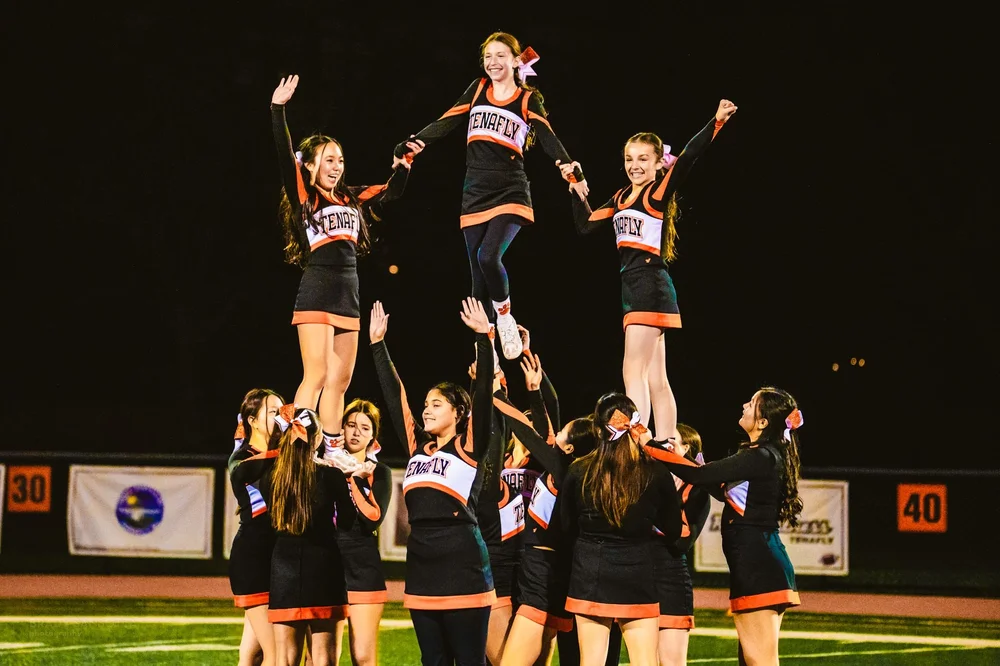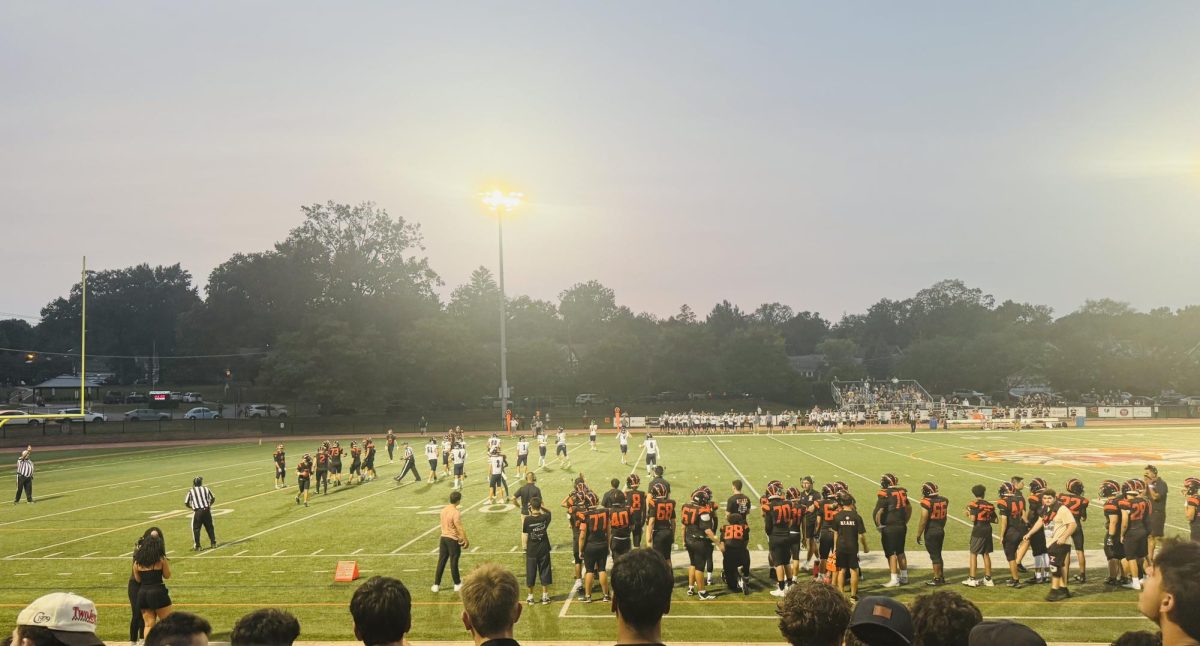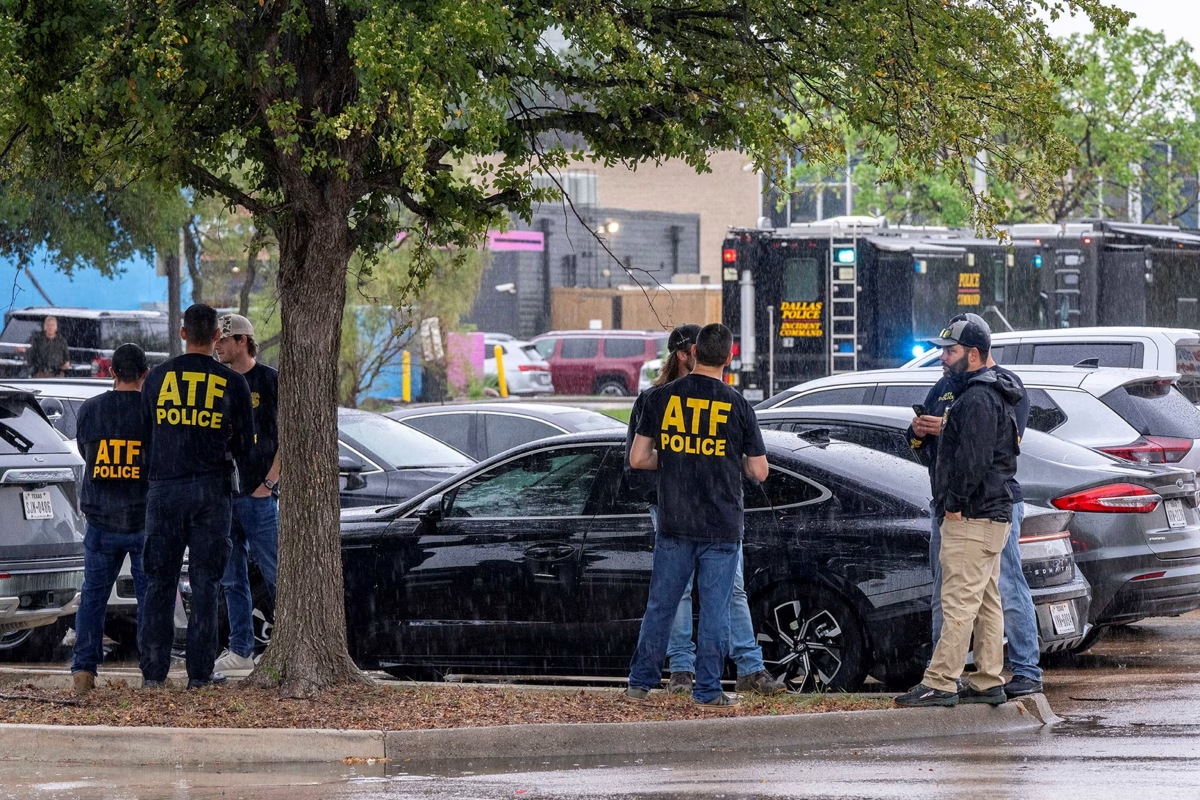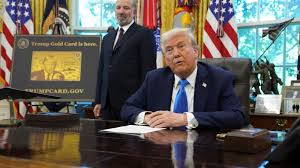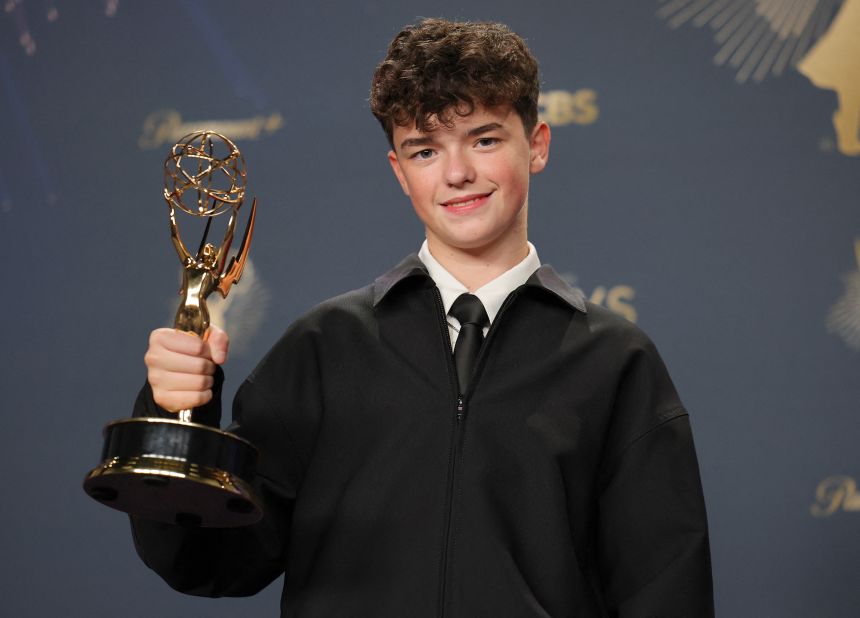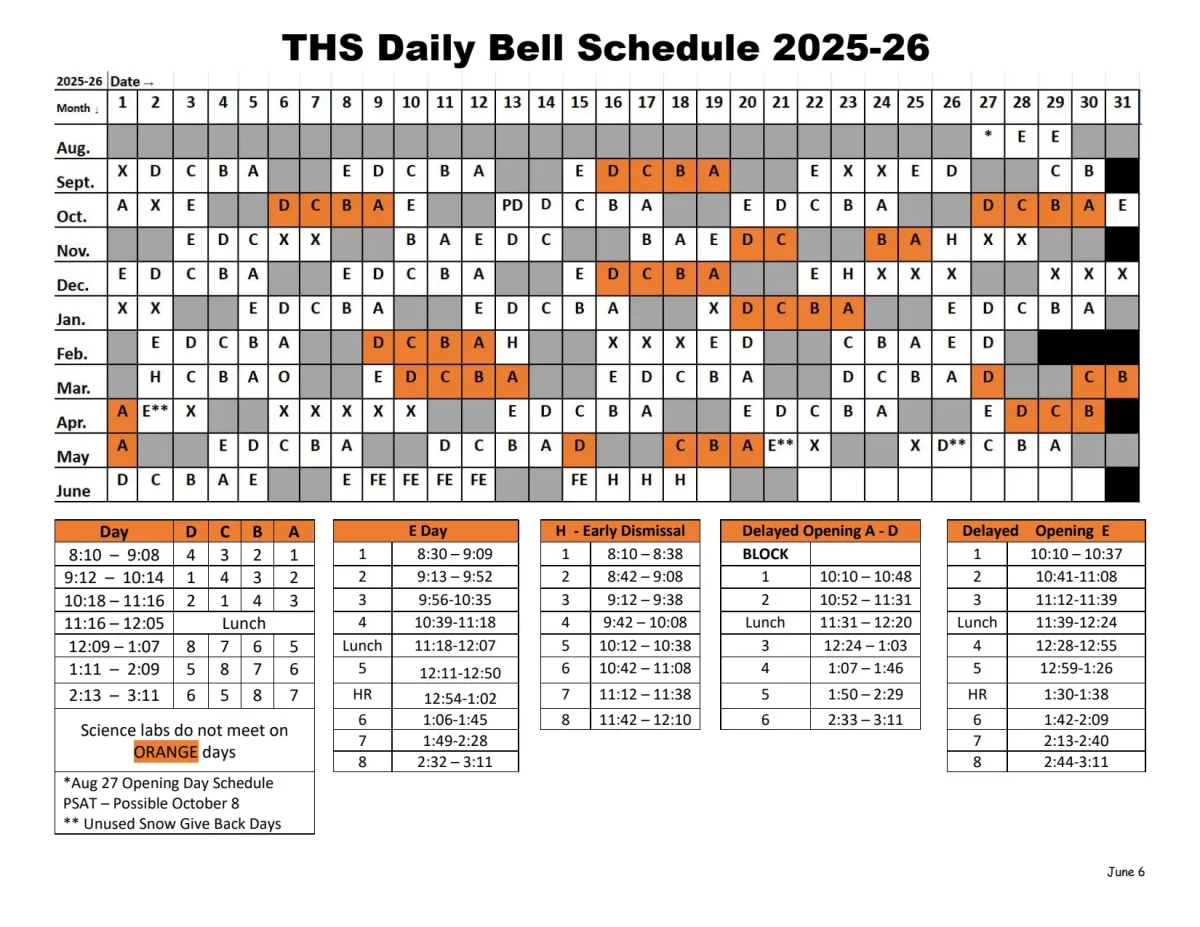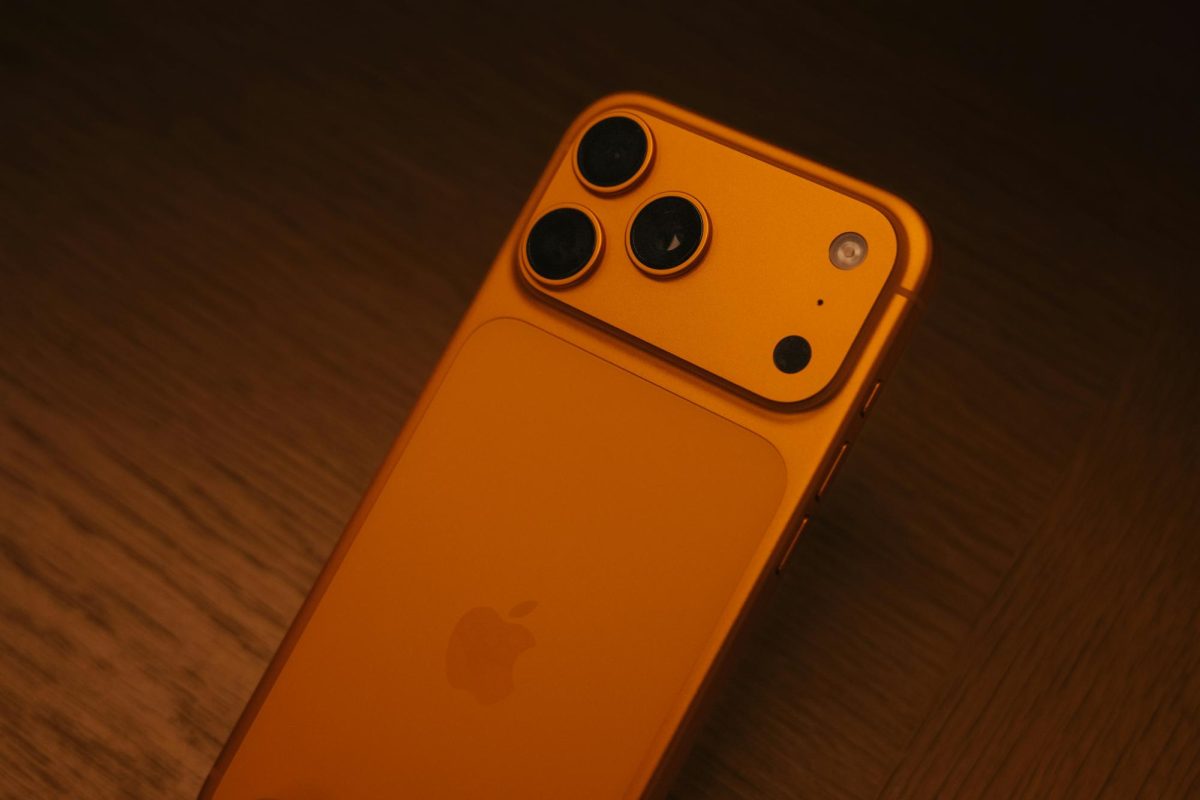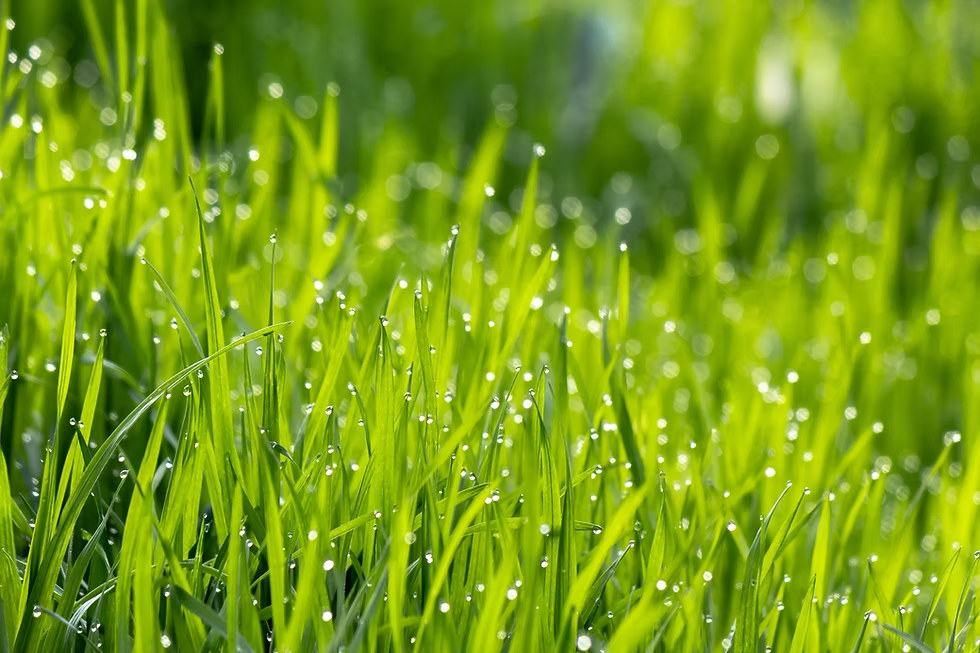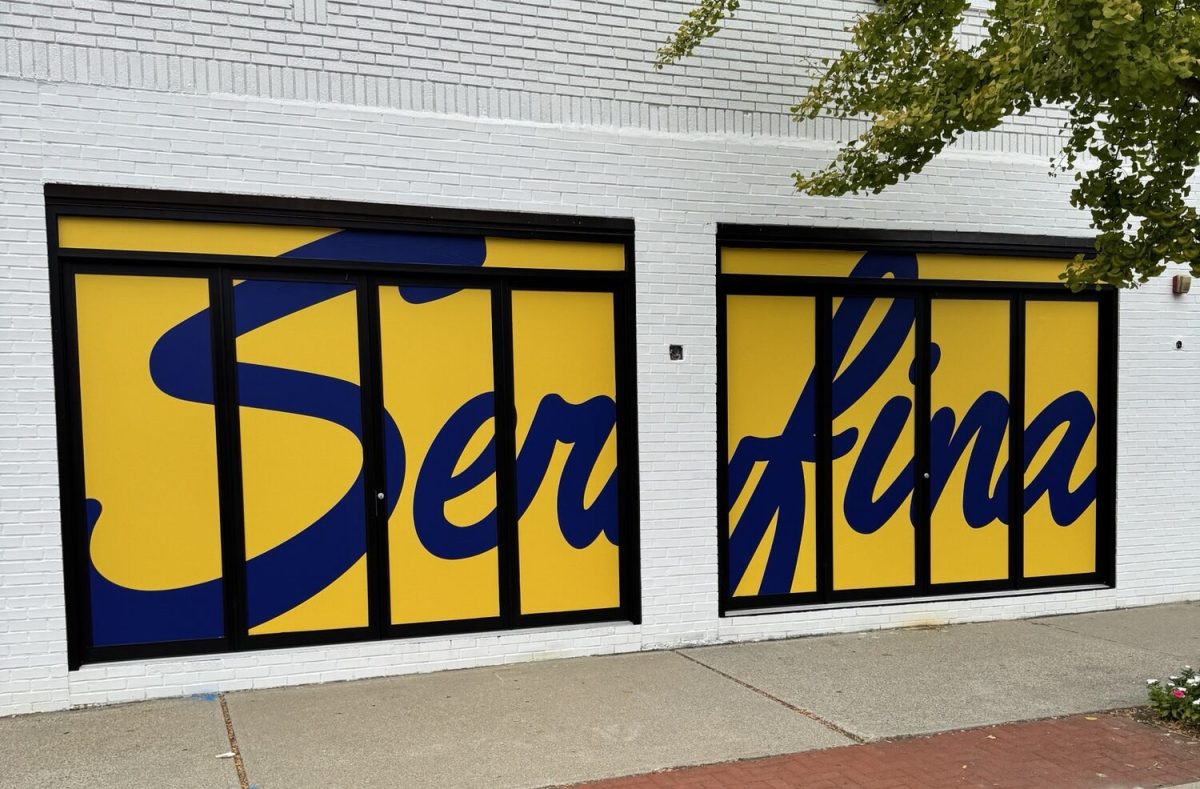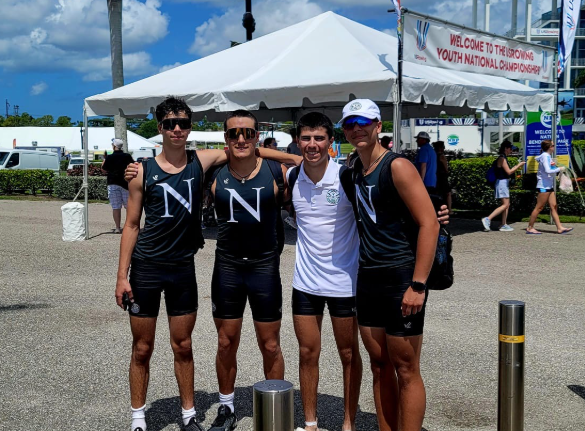
On November 6th, Daniel Jones, the starting quarterback for the New York Giants, was declared to have torn his right ACL. After his falling to the synthetic turf during his game against the Raiders, one is left to question, once again, why and how such severe injuries keep occurring for so many athletes on synthetic grass.
Synthetic turf has been increasingly scrutinized for its rise in injury rates over the past few years. According to a study organized by researchers at Washington University Medical School in St. Louis, high school athletes are 58% more likely to sustain injuries on artificial turf than on natural grass. Not only has synthetic grass been a huge cause of injuries suffered by high school athletes, but it evidently has affected many professionals as well. 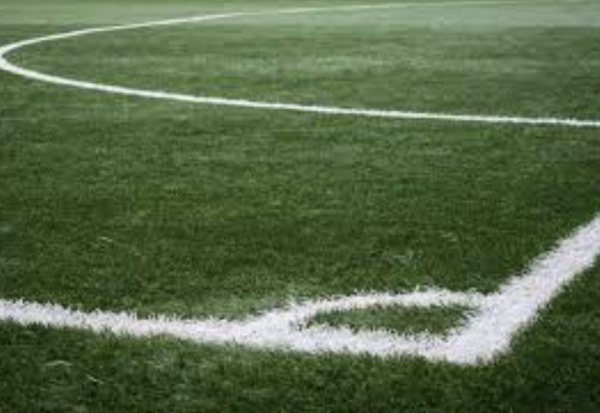
As stated in a study in the American Journal of Sports Medicine, during the 2012-2016 NFL seasons, 16% more injuries occurred per play on artificial turf compared to real grass. The study also concluded, that during that period of time, if the teams had competed on grass, there would have been 319 fewer foot and leg injuries.
Although there is a large focus on the consequences of synthetic turf for football, other sports that compete on artificial fields are also negatively impacted. The number of ACL tears for female soccer players is notable, and it has also been proven that more occur on synthetic turf. According to The National Library of Medicine, female soccer players had a significantly higher risk of ACL injury when playing games on artificial turf versus natural grass. As Nike works with female athletes to decrease the number of ACL injuries with its new Phantom Luna cleats, more people are starting to wonder why the sports world is still not doing more to decrease the number of injuries from synthetic turf.
At the executive level, the argument against the use of grass fields is often presented as an economic issue. According to research by Michigan State University, grass fields require approximately $2-3 million to maintain in cold weather climates, and are estimated to cost around $400,000 each time they are replaced. On the contrary, synthetic turf costs only about $1.25 million to install and maintain. For most teams, the expense of buying and maintaining grass fields is way over their budget, so they usually have no choice but to resort to the option of synthetic turf.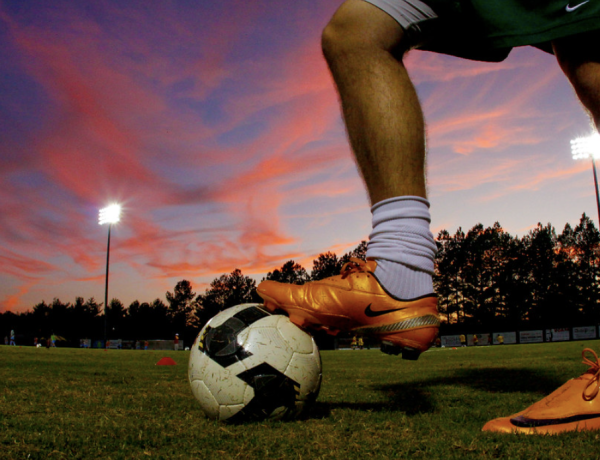
Although sports teams receive major backlash for failing to switch their fields to grass, according to Dr. David Schwartz, PT, DPT, CSCS, and owner of Blue Iron Physio, “It [artificial turf] can actually be a little better in some cases since it’s a softer surface. The biggest issue is when people wear cleats on [artificial] turf that the risk of lower body injuries goes up.” The National Library of Medicine conducted a study on the risk of injury with turf cleats against regular cleats on a variety of different surfaces. The study concluded that there is a significantly higher risk of injury when athletes wear cleats on artificial turf compared to any other shoe on any other surface.
So should all sports that compete on artificial turf work to switch over to grass? Or, should cleats be increasingly investigated and shifted to a new design for a possible decrease in injury rates? Whatever the decision is, it is clear that something needs to be done to decrease the amount of injuries on artificial turf fields.










